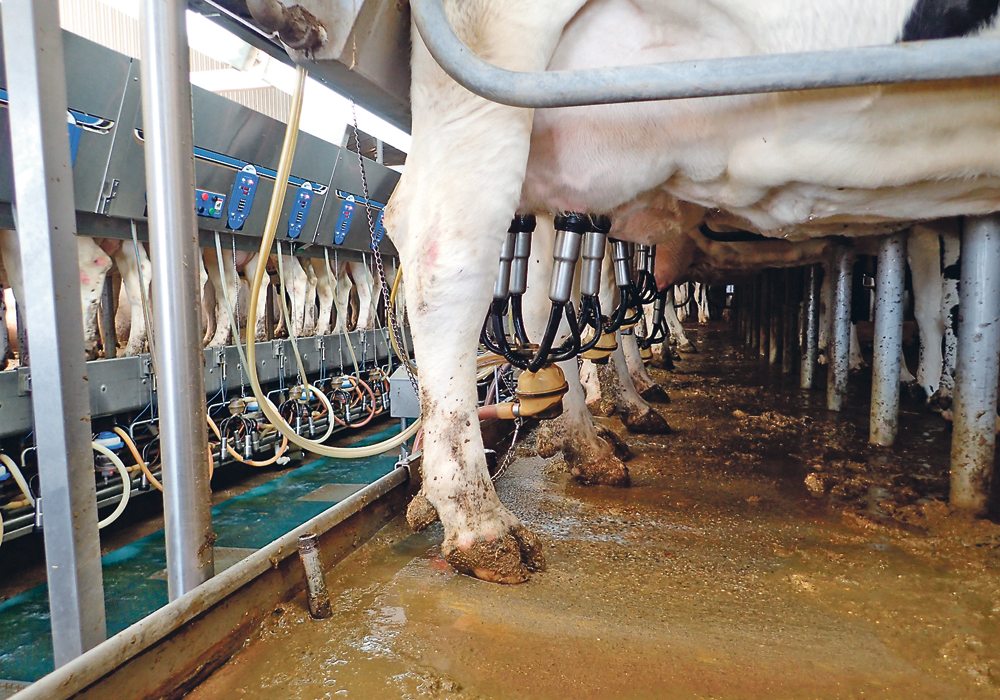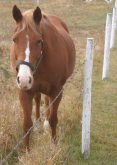Dairy cows are vulnerable to illness three weeks before and after calving because metabolic needs increase dramatically
EDMONTON — If an animal’s immune system is structured like a well-tuned military operation, then the dairy cow’s ability to fight infection is often poorly deployed.
Dairy cows are vulnerable to illness three weeks before and after calving. Metabolic needs increase dramatically and how well the cow copes with the high energy transition period affects how it manages for the rest of lactation.
Transition diseases like mastitis and metritis cause a decrease in milk yield and the cow could get culled from the herd.
Read Also

Beef check-off collection system aligns across the country
A single and aligned check-off collection system based on where producers live makes the system equal said Chad Ross, Saskatchewan Cattle Association chair.
“There is some evidence to show transition cows seem to be diminished in terms of their response to adaptive immunity. They inherently have poor immunity. Mastitis rates are considerably higher at the beginning of lactation,” said animal scientist Barry Bradford of Kansas State University.
Farms that do not have cows that suffer from milk fever should not be complacent. All should try a variety of approaches to keep cows healthy before and after calving.
“Good management in general supports good immunity,” he said at the Animal Nutrition Conference of Canada annual meeting in Edmonton May 2-3.
Understanding immunity is important for all animals.
“It is really critical for all the animals we deal with, not just the ones that are critically ill,” he said.
Immunity is an integrated system within the animal.
In the first 12 hours of an infection, all types of physiology are involved in dealing with it. Immune cells signal to each other that the system is challenged and response is launched.
Neutrophils move from the bloodstream and enter the danger zone to destroy the invader.
Some studies suggest these immune cells in transition cows are not good at migrating and killing bacteria compared to a non-pregnant, non-lactating animal, he said.
“We have depressed neutrophil function. For the key infections that we deal with, mastitis and metritis, neutrophils are the most important cells to try and clear it,” he said.
There is reasonable evidence to show some connection between high milk yield in the first week and poor immune status at the same time.
Studies have found these cows may also have subacute liver inflammation.
Healthiest cows with no signs of disease have an increase of added protein cells even when there is no outward sign of inflammation.
“Every cow shows some signs of it but the magnitude across cows is quite different,” he said.
Data is sparse about body condition and immunity.
However, cows that do not want to eat cannot support an immune system. Fat cows and thin ones may be affected.
Heat stress and crowding may also trigger illness.
The immune system also relies on antioxidants so providing vitamin E and selenium helps support the immune response
A study from Brazil showed cows injected with vitamin E pre-partum had fewer retained placentas and stillbirths and a decreased death rate in early lactation. These supplements probably improved their immune response.
Another experiment at Ontario’s University of Guelph gave transition cows the anti-inflammatory drug banamine 24 hours before and after calving.
Those receiving it 24 hours before calving had a significant increase in stillbirths. Those receiving it two hours after calving had an increased incidence of retained placenta and there was a higher risk for metritis.
Blocking inflammation on the day of calving can interfere with inflammatory signals needed to expel the placenta.
A meloxicam study did not cause these same problems but is not approved for commercial use.
“I think we can actually use tools that suppress inflammation without increasing the risk of infection,” he said.
Feed additives given before calving seem to help curb clinical mastitis but no one feed product perfectly delivers the desired results, said Bradford.


















